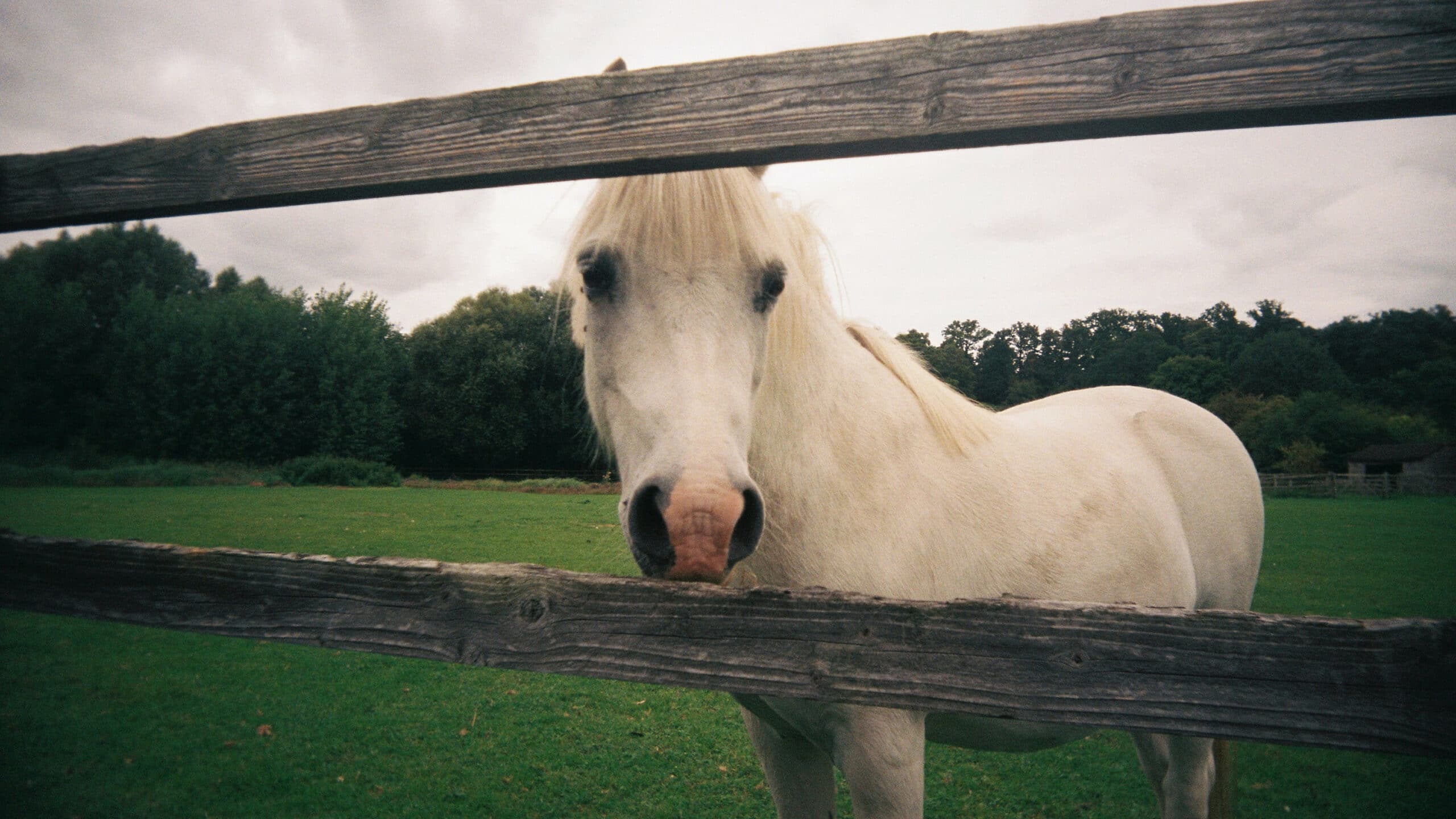Scientists Devise Efficient Way of Learning About Complex Corn Traits
There’s no “silver bullet” gene or gene region that controls so-called complex traits in maize, commonly known as corn.
Instead, in two research papers published this week in the journal Science, North Carolina State University crop scientists and colleagues show that lots of small changes in a number of gene regions affect complex traits – like flowering time or reproductive ability – in corn. Finding out more about the mechanisms behind complex traits like flowering time – as well as even more difficult-to-map traits like yield or drought tolerance, for example – has the potential to help plant breeders build the best traits into tomorrow’s corn plants, says Dr. Jim Holland, NC State professor of crop science, research geneticist for the U.S. Department of Agriculture-Agriculture Research Service (USDA-ARS) and one of the lead authors of the Science papers.
Holland and Dr. Major Goodman, NC State professor of crop science, joined with researchers from Cornell University, the University of Missouri and other institutions to assemble a set of genetic maize varieties called the maize nested association mapping population. They found a number of chromosomal regions – called quantitative trait loci (QTL) – affecting flowering time in corn.
Identifying QTLs can help scientists get closer to figuring out the actual genes involved in certain traits. Holland likened it to looking for a specific house in a large city, with the QTL providing the correct street, but not necessarily the right house.
The scientists found that an average of 29 to 56 QTLs affected flowering time; the effects of these QTLs were small.
That finding contrasts with studies of Arabidopsis, or mustard weed, the ubiquitous lab
rat of the plant world. In that plant, small numbers of QTLs have large effects on genetic variance.
The scientists also studied more than 1,100 marker genes that characterize genetic inheritance. In other words, the researchers wanted to know if genes from one parent are inherited more frequently than genes from another parent.
While they predicted that more genes from one parent would be inherited, the study showed that, for the vast majority of the genome, each parent contributed about half. But subtle deviations from this were often observed, indicating that many genes had small effects on reproductive success.
Holland says that the nested association mapping population will be a resource for scientists to both build a better corn plant and to show how changes in the genome produce differences in individual plant families. That, in turn, will help scientists make more accurate predictions about complex traits.
“These findings will be a big help in the future,” Holland says. “We can now take a complicated trait, identify gene regions involved in the trait, and then use that information in breeding to ensure the best combinations of genes from different sources or varieties.”
The research was funded by the National Science Foundation and the USDA-ARS.
– kulikowski –
Note: Abstracts of the papers follow.
“The Genetic Architecture of Maize Flowering Time”
Authors: James Holland and Major Goodman, North Carolina State University; et al
Published: Aug. 7, 2009, in Science
Abstract: Flowering time is a complex trait that controls adaptation of plants to their local environment in the outcrossing species Zea mays (maize).We dissected variation for flowering time with a set of 5,000 recombinant inbred lines (maize Nested Association Mapping population, NAM). Nearly a million plants were assayed in eight environments but showed no evidence for any single large effect quantitative trait loci (QTLs). Instead, we identified evidence for numerous small-effect QTLs shared among families; however, allelic effects differ across founder lines. We identified no
individual QTLs at which allelic effects are determined by geographic origin or large effects for epistasis or environmental interactions. Thus, a simple additive model accurately predicts flowering time for maize, in contrast to the genetic architecture observed in the selfing plant species, rice and Arabidopsis.
“Genetic Properties of the Maize Nested Association Mapping Population”
Authors: James Holland and Major Goodman, North Carolina State University; et al
Published: Aug. 7, 2009, in Science
Abstract: Maize genetic diversity has been used to understand the molecular basis of phenotypic variation and to improve agricultural efficiency and sustainability. We crossed 25 diverse inbred maize lines to the B73 reference line, capturing a total of 136,000 recombination events. Variation for recombination frequencies was observed among families, influenced by local (cis) genetic variation. We identified evidence for numerous minor single-locus effects but little two-locus linkage disequilibrium or segregation distortion, which indicated a limited role for genes with large effects and epistatic interactions on fitness. We observed excess residual heterozygosity in pericentromeric regions, which suggested that selection in inbred lines has been less efficient in these regions because of reduced recombination frequency. This implies that pericentromeric regions may contribute disproportionally to heterosis.
- Categories:


